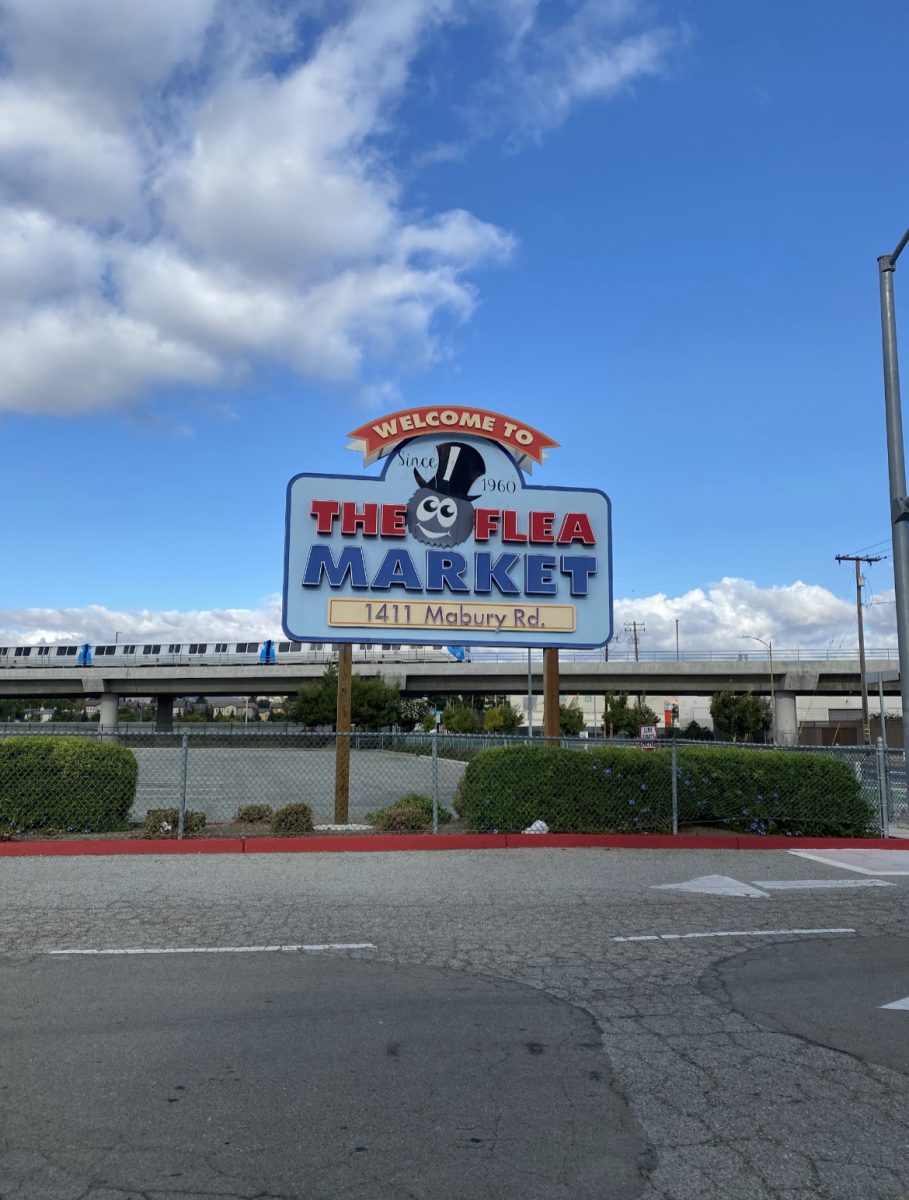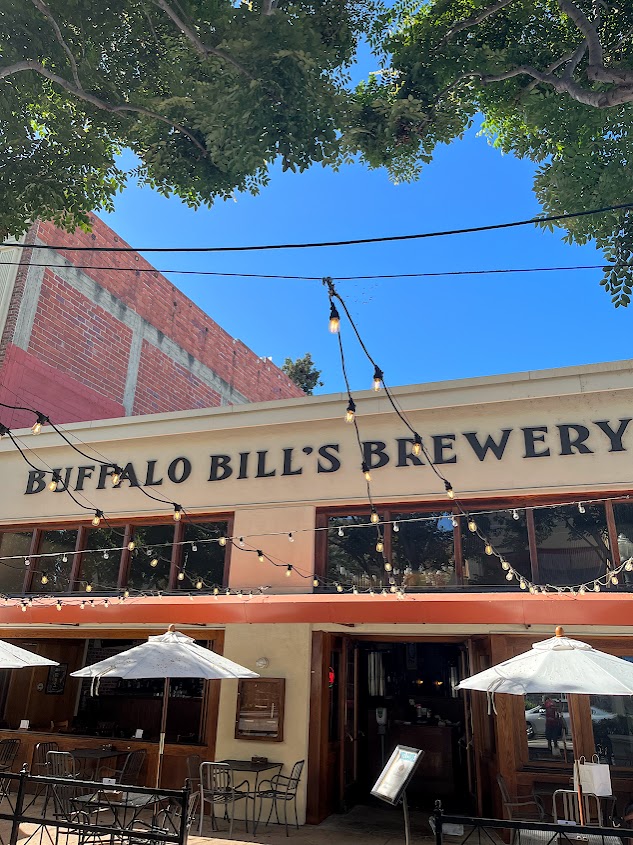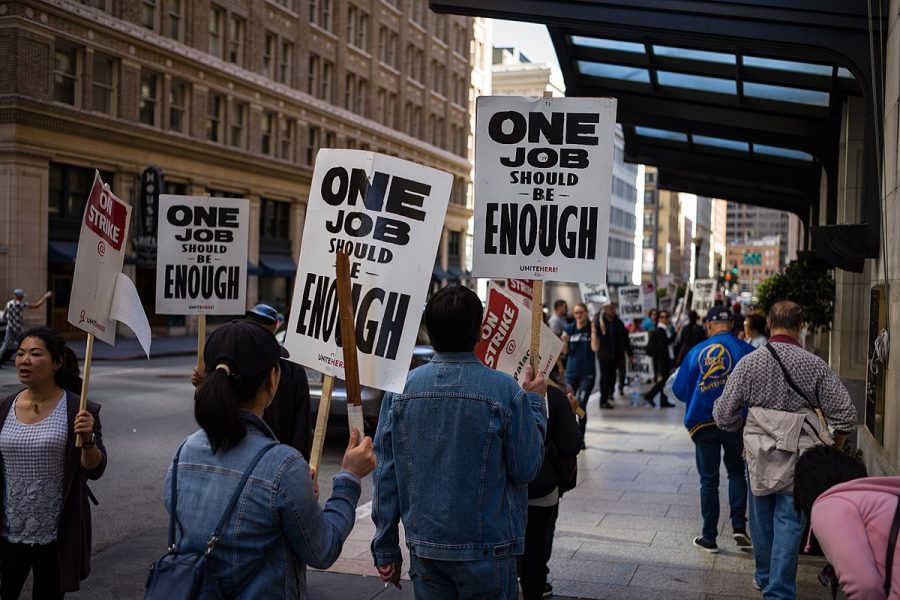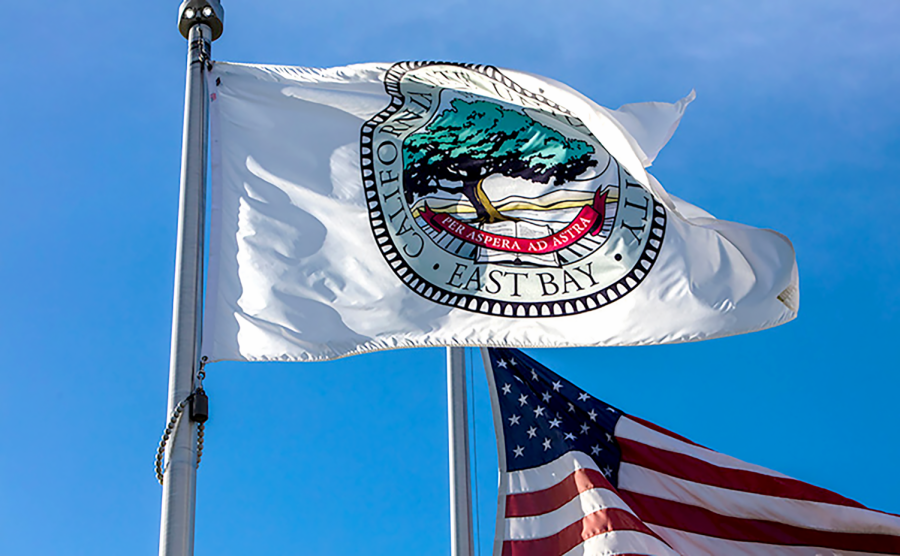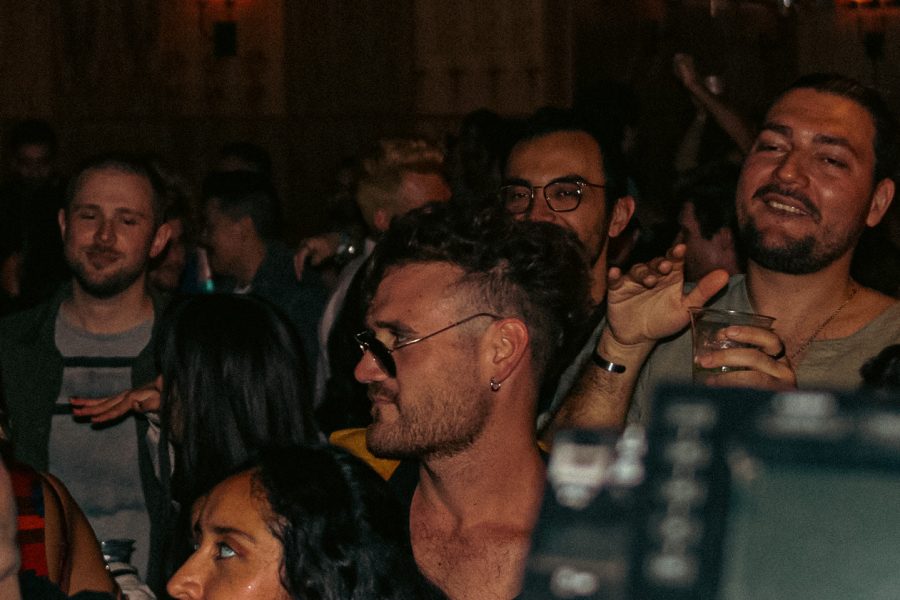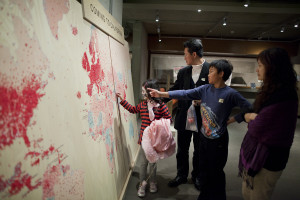
Oakland can proudly claim many things: ethnic and cultural diversity, one of the world’s busiest seaports, a rich history and the Oakland Museum of California.
Conveniently located at 1000 Oak Street, the museum is near BART, has easy freeway access, on-site parking, and very possibly has created a paradigm in interactive, user-friendly, community-minded, education–based method by which it may engage the community it serves.
Created in 1969 as a “museum for the people,” the newly renovated and expanded environment honors the original visionary architecture and landscape ideas of architect Kevin Roche and landscape architect Dan Kiley, while transforming the experience of the visitor to one of participant.
“As the ‘museum of California,’ we are moving toward a more participatory exhibition model that encourages visitor engagement and feedback,” said museum executive director Lori Fogarty.
“Just as California is not a ‘fixed’ place but constantly evolving, this museum is embracing change and openness to new ideas,” she added. “It’s in our DNA.”
Some of these “new ideas” were obvious at every turn, with every invitation to touch or sit on something.
Not a single visitor could be seen holding their hands behind their back, or buried in their pockets. Merely looking at pieces of art coldly displayed behind velvet ropes was not on the agenda, nor could whispered comments be heard.
Full, audible conversations were taking place, and eager, curious hands opened drawers that contained wonderful treasures under glass, left fingerprints and poked at things. People were encouraged to place a red dot on a map to pinpoint from whence they came to California, to write notes with their own stories and voices and to offer suggestions about exhibits.
Green “hand stickers” invited visitors to open a door or a drawer, or lift a lid or cover, so that each felt a sense of discovery. Hand stickers with a strike through the hand alerted all present, in universal language, “this is not to be touched.”
Aside from the celebrated and critically acclaimed Pixar exhibition, scheduled to close Jan. 9, 2011, the Gallery of California Art and the Gallery of California History are currently open for public consumption. The Gallery of California Natural Sciences is scheduled to open in 2012.
The art gallery has, since early October, housed an impressive Dias de los Muertos display, with several artists’ renderings of ofrendas (altars), at least one of which invited visitors to write their own messages to departed loved ones and add them to the display.
Many installations invited interaction and contribution and thus allowed visitors to add his or her own thread to the tapestry that is the Oakland Museum of California.
Several photography aficionados lingered, almost hungrily, as they admired the heartrending Depression era works of Dorothea Lange, and in the “no special effects” displays of “f.64” members.
These brave photographic purists snapped photographs with their camera’s f-stop set to infinity, so that every image they captured held a raw nakedness with no softened edges.
Paintings, sculptures, assembly pieces, photography, furniture, office designs of varying decades and oddball things resurrected from the bowels of the museum’s storage facility combined to make for a very eclectic display. Stir visitors’ input and contributions into the mix, and all comers were treated to a veritable olio of sensorial euphoria.
The Gallery of California History was like a walk through time. Beginning with Native peoples, to the European and Mexican influx, the Gold Rush, to more recent immigrants and their interactions with all the people who arrived before them, the displays were informative, humbling, and in some cases, dazzling—and in all cases, interactive.
“How do you tell a single story of California, or for that matter, the history of any place inhabited by such a wide variety of people of various cultures and perspectives?” museum chief curator of history Louise Pubols said in a 2009 press release.
“There are many ways to approach a historic event or an artifact, informed by our personal range of cultural perspectives and lived experiences,” said Pubols.
“The museum is reinterpreting its collections by telling not just one, but many stories – embracing peoples and cultures that have traditionally been excluded from historical narrative,” she said.
With the Natural Sciences Gallery scheduled to open in 2012, one may well ask about funding in the midst of a financial Armageddon in a city with such a precarious budgetary stranglehold on additional expenditures.
Initial support for the project came from Measure G, passed by Oakland voters in 2002, which provided $23.6 million for capital improvements, and gave a great early boost to a dedicated fund-raising campaign. Since that time, additional funding has come from a very long list of both public and private foundations, endowments, corporations, and various grants from several sources, as well as private donors.
A Nov. 2009 report stated the museum had surpassed 97 percent of its $58 million goal for the renovation. More recent figures were not readily available.
When the museum was established 41 years ago, it was fully owned and operated by the city of Oakland. Due to the city’s inability to continue full funding, the Oakland Museum of California Foundation was established about 20 years ago, according to executive director, Lori Fogarty.
Support from the city has steadily declined over the years, and now with the economic crunch, Oakland is struggling to keep core services intact. The city’s contribution to the museum now stands at about $6 million annually, or about 40 percent of costs.
“Oakland Museum of California Foundation and the City of Oakland have commenced conversations about the Foundation becoming OMCA’s sole operator in order to better and more efficiently serve its mission and the public,” communication manager Kelly Koski wrote in an email.
“As the city looks at its core services in the current challenging economic climate, the foundation stepped forward to propose a review of the operating agreement and the city and foundation are beginning that review process,” she wrote.
With the recent overwhelming success in fund–raising, thanks to all avenues of support, and local and national recognition as a major institution, both the city and the foundation are committed to [the museum’s] continued sustainability, according to Koski.
Day-to-day operations will remain uninterrupted during upcoming negotiations. Both parties will announce the results of this review process early next year, Koski wrote.
Regardless of how the effort is funded, the public can be best served if this source of information and entertainment remains available for present and future generations.
The phrase most overheard, and least expected in or about a museum was, “This is fun!”




